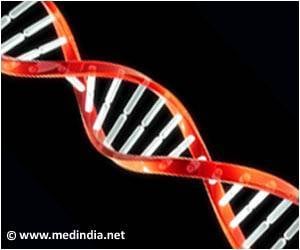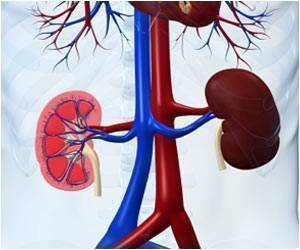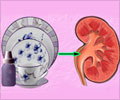Nearly 33 percent of type 2 diabetes patients suffer from kidney damage that progresses to end stage renal disease (ESRD), at which point they require either dialysis or kidney transplantation.

However, a new study by Joslin Diabetes Center researchers that compares the metabolic fingerprints of patients who develop ESRD versus those who don't has furnished new clues to the disease.
Published in Kidney International, the study is distinctive in examining the metabolism of patients while they were still healthy or in very early stages of the disease, and in the breadth of metabolic factors analyzed, says lead author Monika Niewczas, M.D., Ph.D. Dr. Niewczas is an instructor in medicine at Harvard Medical School and a research associate in the laboratory of Andrzej Krolewski, M.D., Ph.D., head of Joslin's Section on Genetics and Epidemiology and senior author on the paper.
The analysis drew on the Joslin Kidney Study, selecting 40 patients from that study who progressed to ESRD and 40 patients who remained alive without ESRD during 8-12 years of follow-up. The Joslin researchers used global mass spectrometry to look for levels of approximately 2,400 metabolites (molecules produced during metabolism) in plasma samples from the patients.
Among the results, the scientists found 16 "uremic solute" molecules present in much higher levels in those who would go on to develop ESRD than those who would not develop the condition.
Uremic solutes are known to accumulate in plasma in the presence of kidney failure. Dr. Niewczas stresses that at the time of the sample collection kidney function was normal in the vast majority of the study subjects, suggesting that these molecules could either mark early stages of the disease or actually contribute to it.
Advertisement
Additionally, the researchers found a strong correlation between higher concentrations of myo-inositol, a metabolite involved in insulin signaling and in many other biological processes, and progression to ESRD.
Advertisement
"Alterations of metabolism in general are key to diabetes, and studies like this may have huge potential for unraveling new pathways which will lead to developing new drugs and new diagnostic tests," she adds.
Earlier findings by the Krolewski lab may be already headed toward clinical diagnostic use. In 2012, researchers found that high concentrations of the proteins TNFR1 and TNFR2 in blood accurately predict the risk of kidney function loss in both type 1 and type 2 diabetes 10 years in advance. This work has been licensed to a firm that develops diagnostic tests, and a clinical test will be available in the near future, says Niewczas.
Source-Eurekalert















